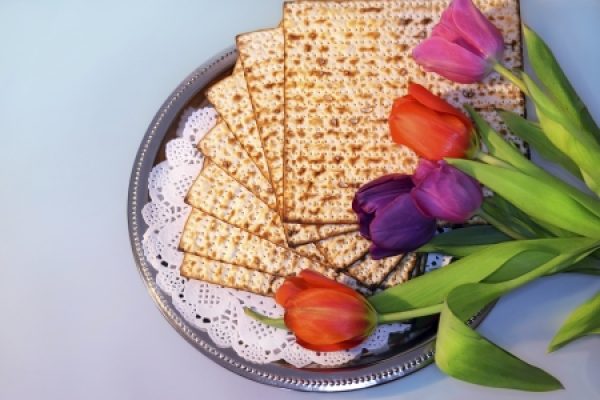We speak of the Matriarchs – Sarah, Rebecca, Leah and Rachel, whom we revere for their wisdom and strength, for their faith and resourcefulness, and for their capacity for compassion and love. From them, through the centuries, comes a legacy carefully passed down from generations of women.
From scholars and religious leaders such as Beruriah, the only woman recognized in the Talmud as a scholar in her own right, Hannah Rachel, the best known of the Hassidic women rebbes, and Lily Montague, a founder of the Liberal Jewish Movement in England.
From political activists and defenders of Judaism such as Deborah, the judge, prophet, and warrior, Queen Esther who bravely stood up for her people: Hannah Sennesh, heroine of World War II; and Golda Meir, Prime Minister of Israel.
From women whose compassion reached out to their own families, to the Jewish people, and all those in need, from Ruth and Naomi, to Rebecca Gratz, American Social welfare activist and founder of the first Jewish Sunday School system in America, to Henrietta Szold, founder of Hadassah, Hannah Solomon, founder of the National Council of Jewish Women, and Lillian Wald, the “Angel of Henry Street.”
From women gifted in communication and the creative arts, such as Glueckel of Hameln the seventeenth century chronicler of Central European history; the Ashkenazic women writers of techines, private prayers focusing on the important religious events in Jewish lives, and from Sarah Schneirer, founder of the Beit Ya’acov movement and pioneer in Jewish education for women; from Sarah Bernhart, Emma Lazarus, and Gertrude Stein, all major influences in the arts of their day.
From these women a legacy has come down to us. May we be worthy keepers and transmitters of that legacy.
ALL:
If not for the courage of these women, the Jewish people would not have survived.
Baruch Atuh Andonai Eloheinu Melech ha’Olam borei p’ri hagafen
You are Blessed, O God, Spirit of the World, who creates the fruit of the vine.
From the 1994 Columbus Ohio First Women’s Seder. Used with permission.









